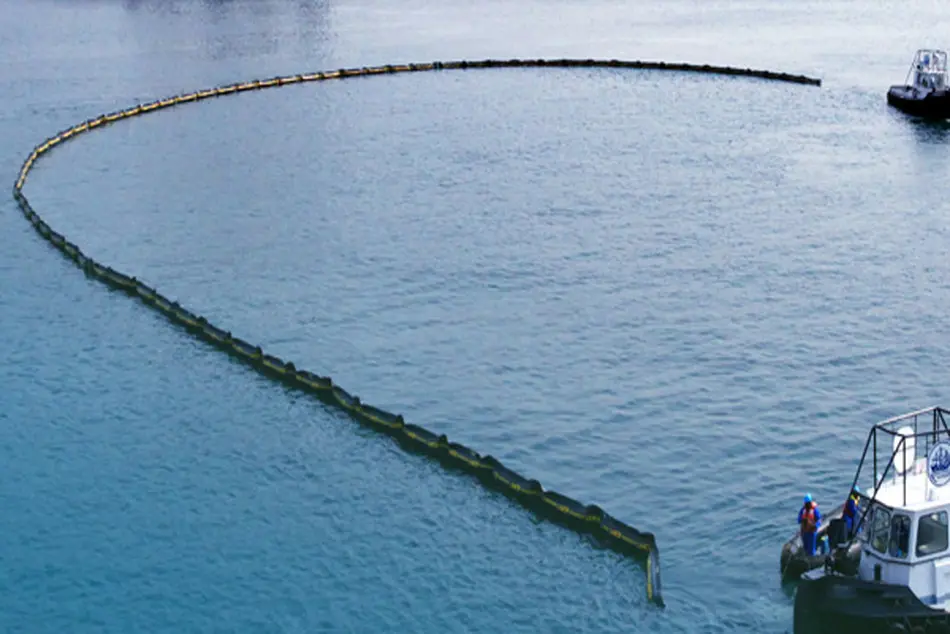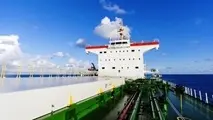USCG: Best practices for detection and recovery of sunken oil

On the occasion of the recent International Oil Spill Conference (IOSC 2017), the US Coast Guard issued a bulletin with presentations, on of which is focusing on detection and recovery of sunken oil. Commander Mark Sawyer and conference attendees shared some of the challenges responders faced when recovering sunken oil, lessons learned, and recommendations for future incidents.
The USCG presented specifically the case of APEX 3508, which released an estimated 120,500 gallons of slurry oil into the Mississippi River, after two tugboats collided in Kentucky, September 2015.
The vicinity where the APEX 3508 case occurred was unique because the collision occurred at the confluence of five major waterways transited annually by 8,500 towboats and carrying goods worth $45 billion to the U.S. economy. Additionally, this area intersects four states, three Environmental Protection Agency regions, and four Army Corps of Engineers districts.
Except for the complicated jurisdiction, due to location, other incident challenges included unreliable connectivity, a lack of logistics support, and an incident command post that had to be established about an hour away from the incident location. Additionally, the water itself was 20 meters deep and was the home to two freshwater mussel habitats.
Initially, Sawyer said the unified command was unsure if the oil had drifted downriver and surfaced, or was suspended in the water column. A 16-mile section of the river was closed to ship traffic over concerns about migration of oil and passing vessels being oiled as well.
“You can imagine shutting down this economically vital river for a couple of days,” Cmdr. Mark Sawyer, the incident commander, said.“There is a lot of pressure to locate and evaluate the risk of the oil on the environment and the impact to vessels wishing to transit the area so the waterway can be reopened to commerce as soon as possible.”
Overflights revealed very little oil sheen in the area. Using side scan sonar, provided by a member of the local fire department, and a salvage diver, responders discovered the oil was on the bottom of the riverbed. The decision was made to use an environmental clamshell, which is designed to reduce the amount of water recovered and hold the maximum amount of product. During the 23-day operation, 120 personnel recovered between 50-70 percent of the product.
“This case has received a lot of attention in both government and private entities because it’s one of the largest sunken oil spills and largest recovery rates in recent times,” Sawyer said during his presentation. “It’s also generated a lot of discussion because, over the last several years, we’ve been debating about the best ways to approach sunken oil to increase our preparedness efforts.”
Mr Sawyer summarized the lessons responders learned from the APEX 3508 spill:
- The use of a professional salvage team increased capabilities and resulted in higher product recovery rate.
- Maintain awareness of the state and municipal assets available. The side scan sonar used to detect the oil was provided by a local responder, which meant clean up operations could begin more quickly
- The unified command established a Maritime Transportation Recovery Unit (MTSRU) and a senior vice president from a local tow boat company was assigned to run it, with Coast Guard support, and he was able to clear over 80 vessels waiting to transit in a 48-hour period.
- The unified command took full advantage of external resources and specialized teams, including bringing in a NOAA scientific support coordinator and the use of the Environmental Response Management Application (ERMA).
- Local partners established a Great Rivers Spill Coordination Group to address the nuances of the jurisdictional overlap in the area and ensure both tactical and coordination response plans were incorporated.
- The American Petroleum Institute’s Submerged Oil Detection and Recovery Field Operations Guide is a valuable tool for determining optimal detection and recovery methods given the product and the environment.

